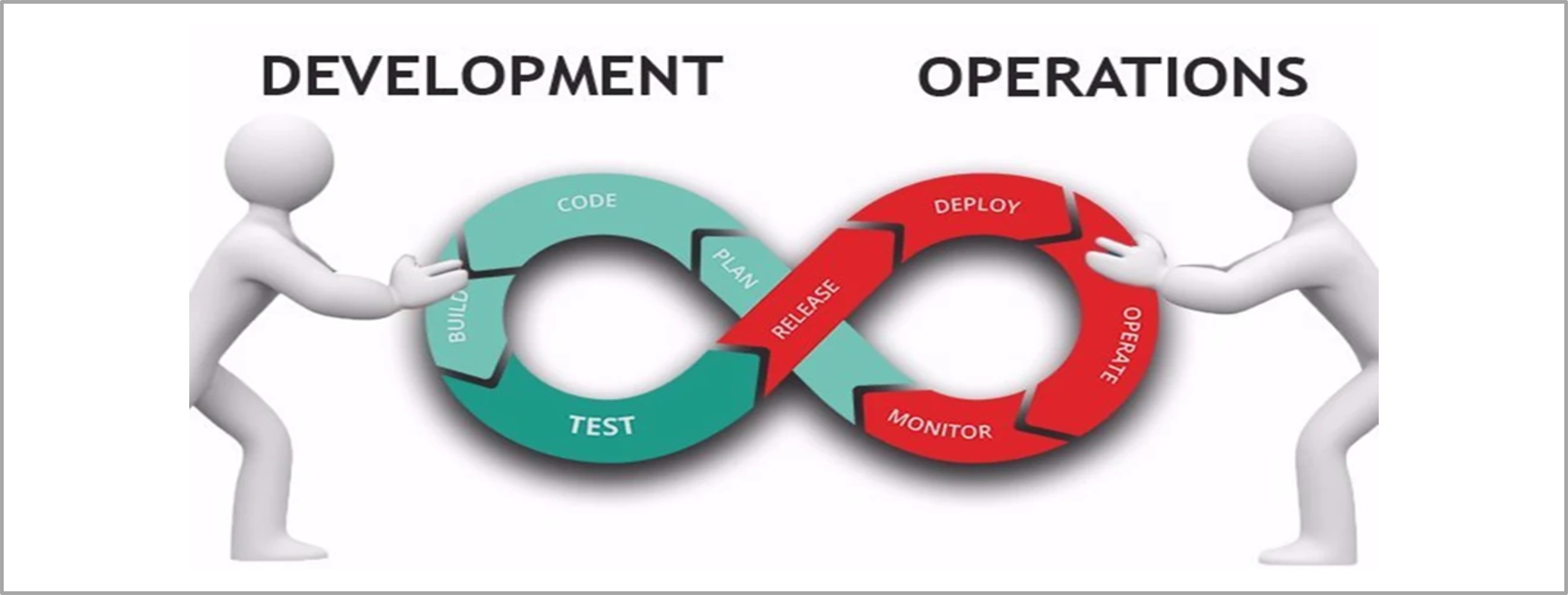DevOps:
What is DevOps and why companies use it! ©*

Traditionally, IT organizations considered clear boundaries, mindsets, skill sets, and culture for
Developments (Dev) and Operations (Ops) teams. In the context of software delivery, Dev and Ops lived in isolated worlds with
limited scheduled interactions during release times.
After the advent of agile and the idea of continuous integration, developers and operations had to deal with more than one release daily.
This resulted in unplanned programming bugs in operational systems. Development teams aim to launch a new feature, any time, without
hindrance, while the operations teams want to prevent interruptions and breaks in the system once it works. At their core, the ops teams
focus on product visibility over how quickly it can be released and thus have more “launch review” that could be a long list. At their
core, the dev teams attempt to launch new feature requested by users quickly and thus have fewer “launches” and more “incremental updates”.
The more the launch reviews for dev teams, the more the downtime of the software product and the more the cost.
DevOps, a portmanteau of Development and Operations, is the collection of principles and practices that try to improve cooperation
between IT Development and IT Operations teams in the software development domain. The DevOps paradigm, thus, promises to overcome
these traditional boundaries between development and operation teams and to improve the common culture and shared goals.
This modern software development method is a response to interdependency challenges by unifying tools and techniques that enable
communications, collaborations, and efficient teamworking. This convergence between development and operations helps organizations
to increase trust, transparency, and shared understanding among teams.
* This content is subject to copyright and is owned by the author.
